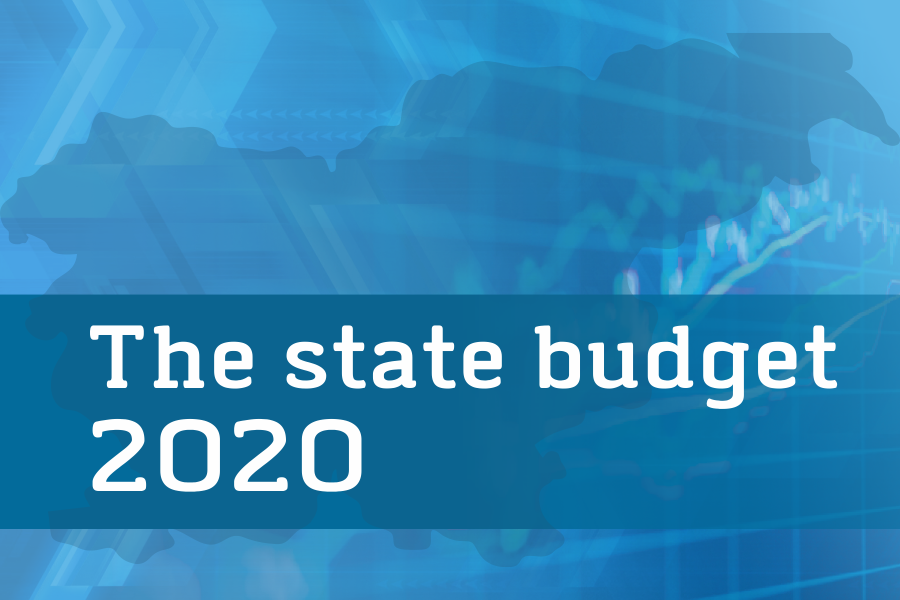The state budget 2020
State budget revenues will amount to € 10.77 billion in 2020, and expenditures to € 10.36 billion. The budget will thus have a surplus of € 415 million or 0.8% of GDP.
The main budget revenues are value added tax (€ 4.19 billion), excise duties (€ 1.53 billion), personal income tax (€ 1.36 billion), corporate income tax (€ 1.11 billion) and funds received from the EU (€ 1.07 billion).
In 2020, € 393 million will be earmarked for science, which is significantly more than in previous years. We will spend € 193 million on promoting competitiveness and entrepreneurship and € 1.2 billion on social security. We will earmark € 983 million for internal security and additional € 317 million for the operation of courts and prosecution, the enforcement of criminal sanctions and for increasing the efficiency of judicial system. € 1.9 billion will be earmarked for education and sports, € 273 million for the environment and environmental infrastructure. Almost € 1 billion will be transferred from the state budget to the pension fund, from which pensions are paid to more than 600,000 retirees in the amount of € 5 billion annually. Investment expenditure is planned at € 1.1 billion. More than half of these funds will be allocated to the financing of rail and road transport infrastructure.
€ 751 million is earmarked for interest payment from the state budget in 2020, which is the lowest amount since 2012 and € 332 million less than in 2014 when interest payment was at its highest. General government debt will be reduced to approximately 62% of GDP in 2020 and to less than 60% of GDP in 2021, which is the maximum permitted debt limit set out in the EU rules.
The data are presented in more detail in the informative graphics below, which we prepared at the Ministry of Finance after the budgets were adopted in the National Assembly.
-
The state budget 2020
- Informative graphics State budget 2020 (3.6 MB)
- State budget in English - word (docx, 20 KB)


